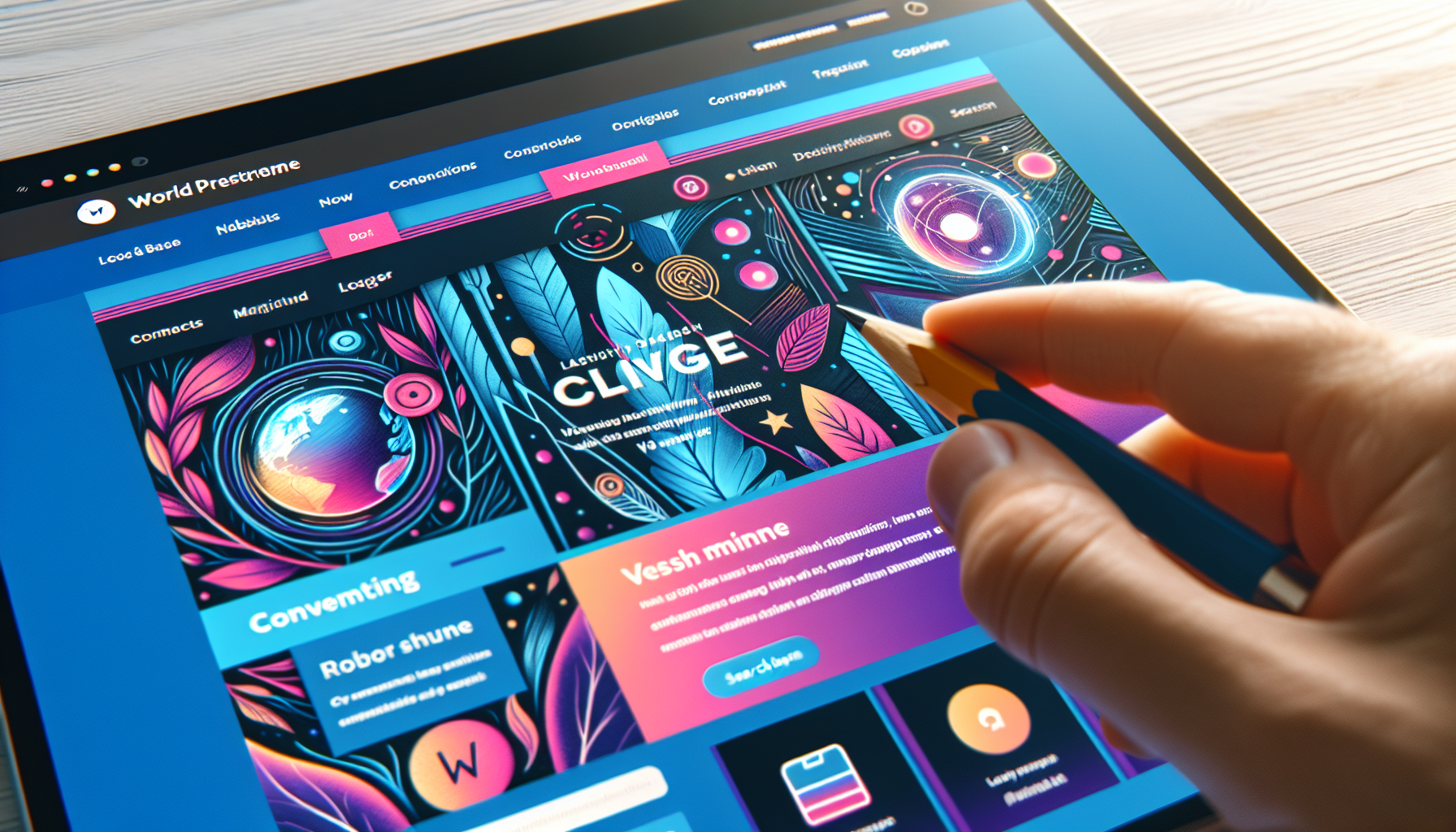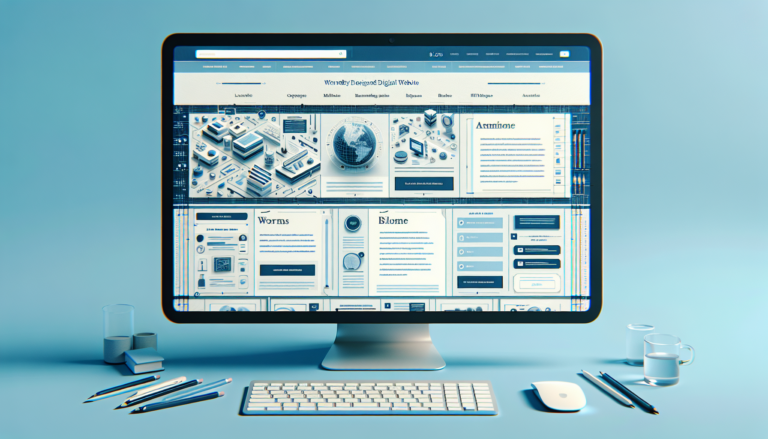
Off-Screen Menus in UI Design: Balancing Minimalism with Usability
Off-screen menus—most commonly recognized as the “hamburger” menu—have become a hallmark of modern user interface (UI) design. While widely adopted in both web and mobile applications, their effectiveness remains a topic of ongoing discussion among UX professionals.
Two prominent voices in the field—Jason Bradberry of Piccalilli and the Nielsen Norman Group—offer contrasting insights on the utility and limitations of off-screen menus. Bradberry praises their clean, performance-driven design, whereas the Nielsen Norman Group raises concerns about usability and accessibility.
This article explores both perspectives, unpacking the pros and cons of off-screen menus and offering guidance for advanced web designers on how to implement them effectively.
What Are Off-Screen Menus?
Off-screen menus are navigation elements that remain hidden until activated by user interaction, such as a click, tap, or swipe. These menus typically slide in from the side or drop down from the top, revealing secondary navigation options only when needed.
Their main appeal lies in their ability to declutter the user interface, particularly on small screens where space is at a premium. The hamburger menu is the most recognizable example, especially in mobile-first design, but its effectiveness varies depending on context and user behavior.
Bradberry’s Perspective: Embracing Minimalism and Performance
In his article, In Praise of Off-Screen Menus, Jason Bradberry advocates for off-screen menus as a cornerstone of minimalist, mobile-first design. He highlights several key advantages:
Maximizing Screen Space
Bradberry argues that off-screen menus are ideal for small devices, where preserving screen real estate is essential. By keeping secondary navigation hidden, designers can prioritize content and reduce distractions, enhancing the overall user experience.
Empowering User Control
According to Bradberry, off-screen menus allow users to engage with navigation on their own terms. Instead of being overwhelmed by a cluttered interface, users can focus on the content they care about and access additional options only when needed.
Boosting Performance
Bradberry also notes that off-screen menus can improve page load times. By deferring the rendering of navigation elements until they’re needed, designers can reduce the initial load, which is especially beneficial for users on slower connections or less powerful devices.
Nielsen Norman Group’s View: Prioritizing Usability and Accessibility
In contrast, the Nielsen Norman Group takes a more critical stance, focusing on the potential downsides of off-screen menus—particularly in terms of discoverability and accessibility.
Discoverability Issues
One of the primary concerns is that hidden menus can be difficult for users to find. Icons like the hamburger menu are not always intuitive, especially for less experienced users. If users don’t realize that additional navigation options exist, they may miss important content or features.
Fragmented Navigation
The Nielsen Norman Group warns that off-screen menus can create a disjointed user experience. When navigation is not immediately visible, users may struggle to understand the structure of the site or app, which can lead to frustration and decreased engagement.
Accessibility Challenges
From an accessibility standpoint, off-screen menus can be problematic. While tools like ARIA attributes and keyboard navigation can help, these menus are inherently more complex for users relying on screen readers or keyboard-only input. Animations and dynamic content can further complicate the experience, particularly for users with motion sensitivity.
The Importance of Clear Labels and Predictable Behavior
Despite their concerns, the Nielsen Norman Group acknowledges that off-screen menus can be effective when implemented correctly. They emphasize the need for:
– Clear, descriptive labels (e.g., using the word “Menu” alongside an icon)
– Logical menu structures
– Predictable interactions that reduce user confusion
Best Practices for Designers: Bridging the Gap
The differing opinions of Bradberry and the Nielsen Norman Group offer valuable insights for advanced web designers. The key is to strike a balance between clean aesthetics and functional usability.
Here are four best practices to consider:
1. Design with Context in Mind
Understand your users and the context in which they’ll be interacting with your product. Off-screen menus may be ideal for simple, content-focused mobile sites but less suitable for complex applications requiring deep navigation.
2. Prioritize Accessibility
Ensure your menus are accessible to all users. Implement ARIA roles, support keyboard navigation, and test with screen readers. Accessibility should be an integral part of your design process—not an afterthought.
3. Focus on Smooth, Predictable Interactions
Use subtle animations and intuitive gestures to make the menu experience seamless. Avoid overly complex transitions that could confuse or frustrate users.
4. Balance Minimalism with Visibility
While off-screen menus help reduce visual clutter, don’t hide critical navigation elements that users need frequent access to. Use clear labels and logical organization to make the menu easy to understand and use.
Conclusion: Making Informed Design Choices
Off-screen menus are a powerful tool in a designer’s toolkit—but they’re not a universal solution. Jason





